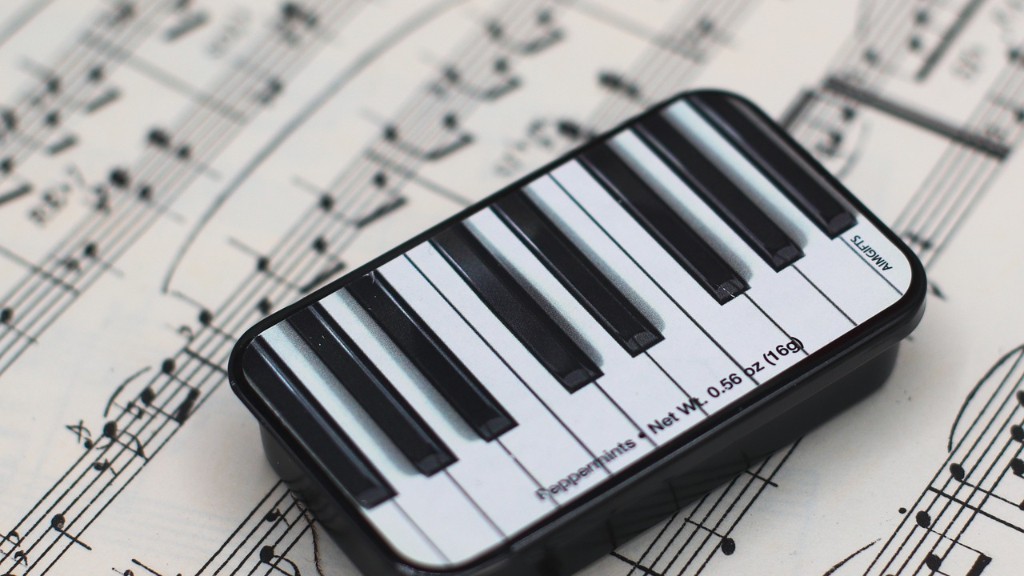Drawing a Blue Bird: A Step-by-Step Guide
When it comes to artistic expression, few things are as fulfilling as drawing a beautiful blue bird. Whether it’s for your own enjoyment, for artwork you’d like to hang around your home, or for a special project, drawing a blue bird can be a fun and rewarding experience. Here are a few simple steps that will help you draw the perfect blue bird.
1. Start with the Basic Triangle Shape
First things first: you’ll need to sketch out the basic triangle shape of a blue bird. This will be the foundation of your drawing and will help you build the rest of the bird on top of it. To get the shape right, focus on the center of the blue bird’s body and work your way outward.
2. Add in Wings & Tail
Once you’ve got the basic triangle shape down, you’ll want to start adding in the wings and tail. Make sure to draw out the wings in detail and leave out some room for feathers. The same goes for the tail; make sure to make it look detailed and realistic.
3. Color It with Shading
Now it’s time to add some depth to your blue bird drawing. Using a shading technique, color in your bird to give it a sense of realism. This can be as simple as adding light and dark variations of blue to make the bird look more three-dimensional.
4. Add Beak, Feet & Eyes
The beak, eyes, and feet are typically the last things you’ll want to add in your blue bird drawing. Start with the eyes, making sure to make the pupils the same size and shape. Next, draw the beak with a rounded triangle shape, and finally add in the feet – they should look like tiny triangles with three points on each foot.
5. Finish & Enjoy
Finally, once you’ve put in all the details and your blue bird looks exactly the way you want it to, it’s time to finish up your drawing. Add a few finishing touches and then you can stand back and admire the beautiful blue bird you’ve created.
Creating Depth with Pencil Shading
Coloring in your blue bird drawing with pencil shading is a great way to create depth and make it look more three-dimensional. Start by lightly shading the outer edges of the bird in a light blue. Then, move inward, gradually darkening the shading until you reach the center of the bird. Finally, add a few darker shades to the wings, making sure not to completely cover the feathers.
Adding Realism with Brush Shading
Brush shading is another great way to add realism to your blue bird drawing. Start by lightly shading the outer edges of the bird with a medium to dark blue. Then, slowly move inward, gradually increasing the pressure until you reach the center of the bird. Finally, add a few darker shades to the wings, making sure not to completely cover the feathers.
Giving Definition with Colored Pencils
Another great way to give your blue bird the definition it deserves is by using colored pencils. Start by lightly sketching the basic shape of the bird with a light blue colored pencil. Then, shade in the wings and tail, making sure to leave some room for feathers. Finally, add in some detail to the eyes, beak, and feet using darker blues and whites.
Incorporating Detail with Watercolors
The final way to make your blue bird look realistic is by incorporating detail with watercolors. Start by painting in the basic shape of the blue bird with a light blue watercolor. Then, add in some detail to the wings and tail, making sure not to completely cover the feathers. Finally, use a darker blue to define the eyes, beak, and feet. By doing this, you can ensure that your blue bird looks as realistic as possible.
